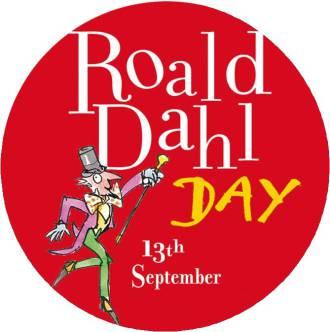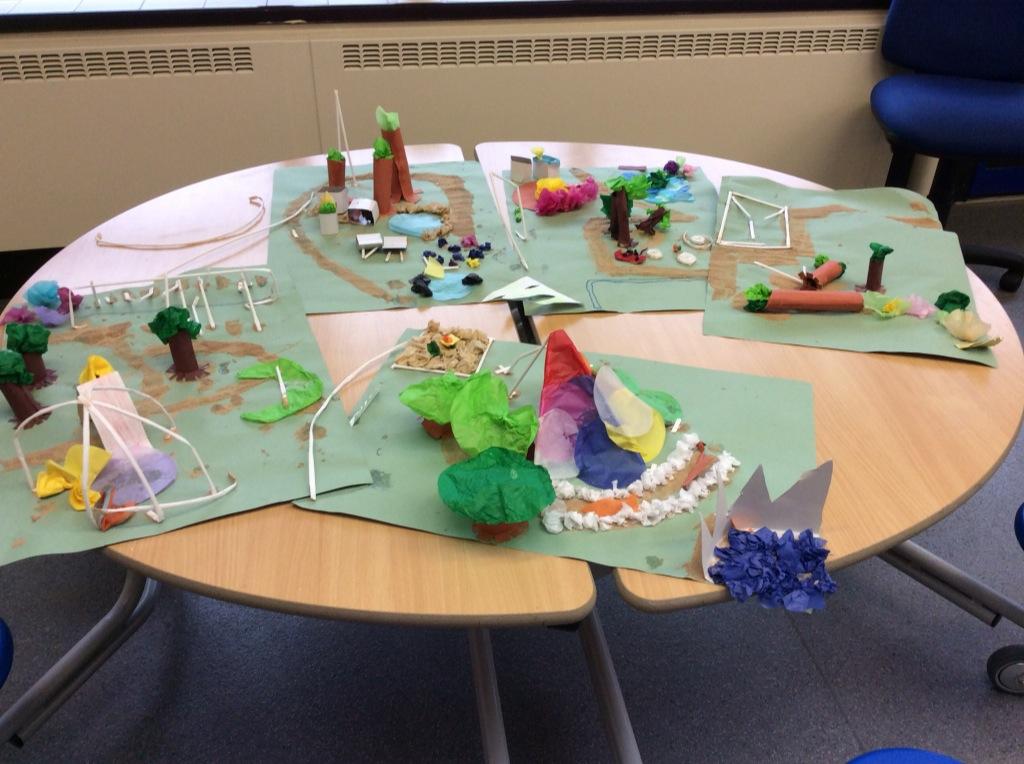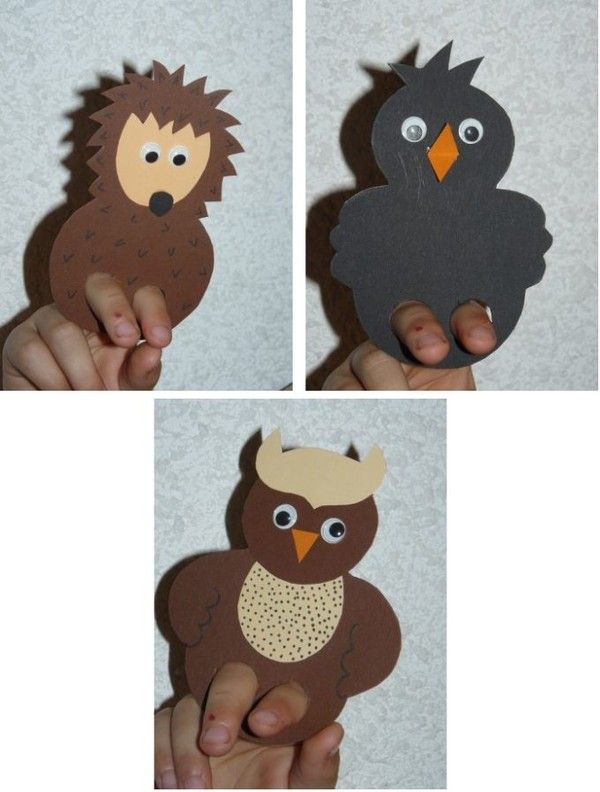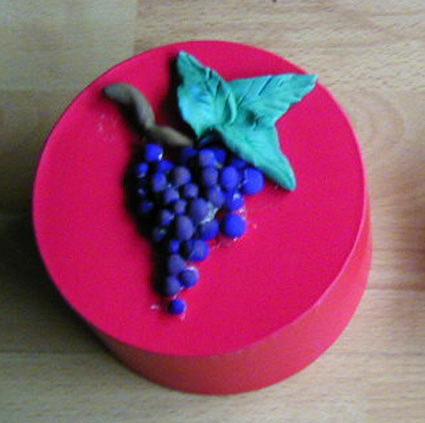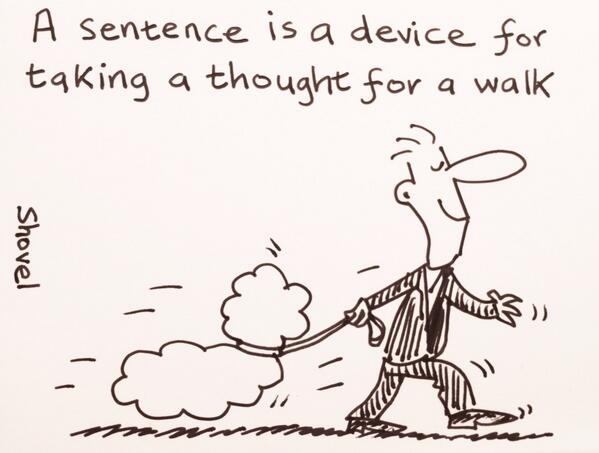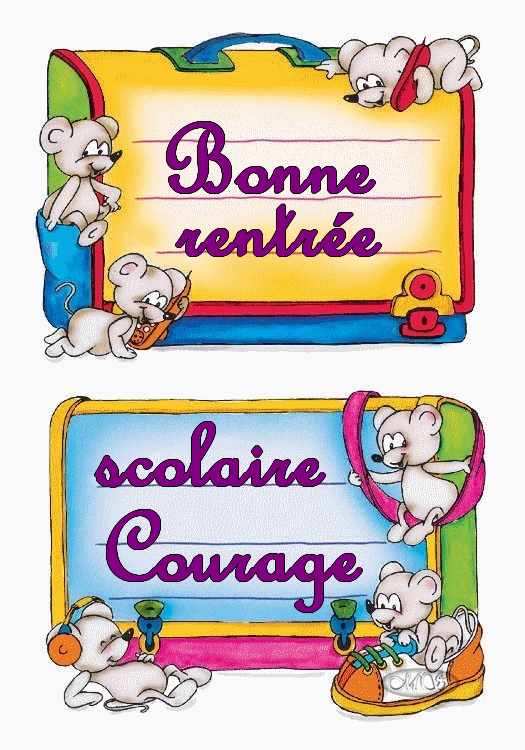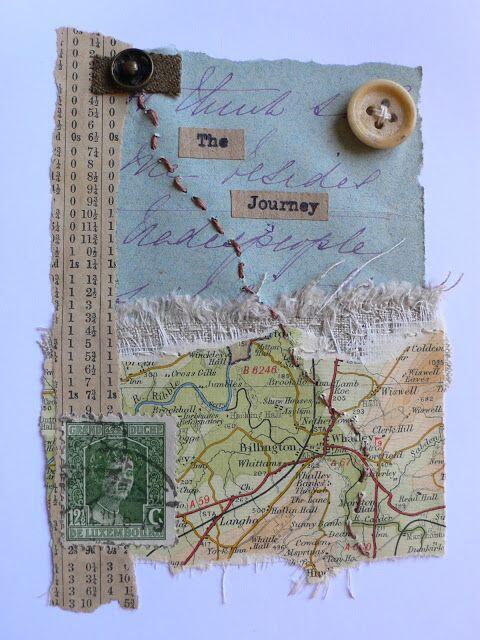Take look at this wonderful picture! There are so many ways in my head that I can interpret what I see here!
I want to use these pictures with our Stage 3 language learners to inspire them to use their language learning skills to explore language and extend their knowledge of adjectives!
So why and how am I going to do this?
Well each power of books picture inspires a different focus or theme.
I want to use these pictures with our Stage 3 language learners to inspire them to use their language learning skills to explore language and extend their knowledge of adjectives!
So why and how am I going to do this?
Well each power of books picture inspires a different focus or theme.
- Red for an exciting day out!
- Butterflies for a trip to a zoo
- Wires and cables for an imaginary visit to Space!
- Plants for a trip to the jungle and jungle animals
- Monster like tentacles to describe a monster
- Flames for a visit to a volcano
Well our Stage 3 learners are our Year 5 and often Year 6 learners -and they are just beginning a new academic year of language learning and able to understand and generate simple sentences using nouns, verbs and adjectives- not necessarily placing adjectives after nouns or alway using accurate adjectival agreement but excited by the fact that they can now communicate in full sentences.It's time to help them to become more independent in their use of spoken and written language and to encourage them to see how creative they can be in their target language communication.
Now we can give them the power!
........By becoming "word explorers" !
- We want them to explore bi-lingual dictionaries and also to read short texts to find interesting words which they can take from the texts they read and then use in their own simple sentence construction to add colour to their own descriptions and communication!
- We also want them to keep a record - a meaningful record of this new language so that they can re-use these words in other spoken or written texts
- Give each group of table one of the pictures from the "power of books" pictures at the top of the page.You can select one or two pictures for the whole class or give different pictures to each of six tables or groups.I think I would opt for the first option - so that we can then feedback and share and build our banks of adjectives via each others' word explorations.
- Ask the children on the table to prepare to become "word explorers" and give the tables two tools to do this - a bilingual dictionary and a short written target language text with simple descriptive text based on their themed picture.Discuss with the children how as word explorers they will use the dictionaries and the texts. Set up word explorer rules.
- Ask the children to look at their picture from the "power of books" pictures and briefly discuss their themes in English.
- Ask the children to write a list of key nouns that they want to use and explore- can they identify these in their dictionaries.
- Ask the children to read their short texts and identify any useful nouns and adjectives that they can add to their descriptions.
- Ask the children to brainstorm on their tables additional interesting descriptive words that they would like to use and to search for these in their bi-lingual dictionaries.
- Now ask each group to generate a sequence of interesting sentences on their specific "power of books" theme. Ask them to work together and to write these out in rough
- Each group must now share their draft sentences with a second group and the second group must read the sentences and see if they can spot any changes that need to be made in sentence construction .The first group must explain the meaning of their sentences to the second group.
Now let's be creative and explore the "power of books" we can generate!
Create a power of books gallery of :
- paintings of the power of book pictures and written target language sentences
- a spoken presentation of the interesting sentences with the power pf books picture as a back drop
- use Yakit for Kids APP, have a look here and create a talking power of books sequence of photos add and each child on the table can record one of their sentences and create a gallery of recorded interesting sentences !








